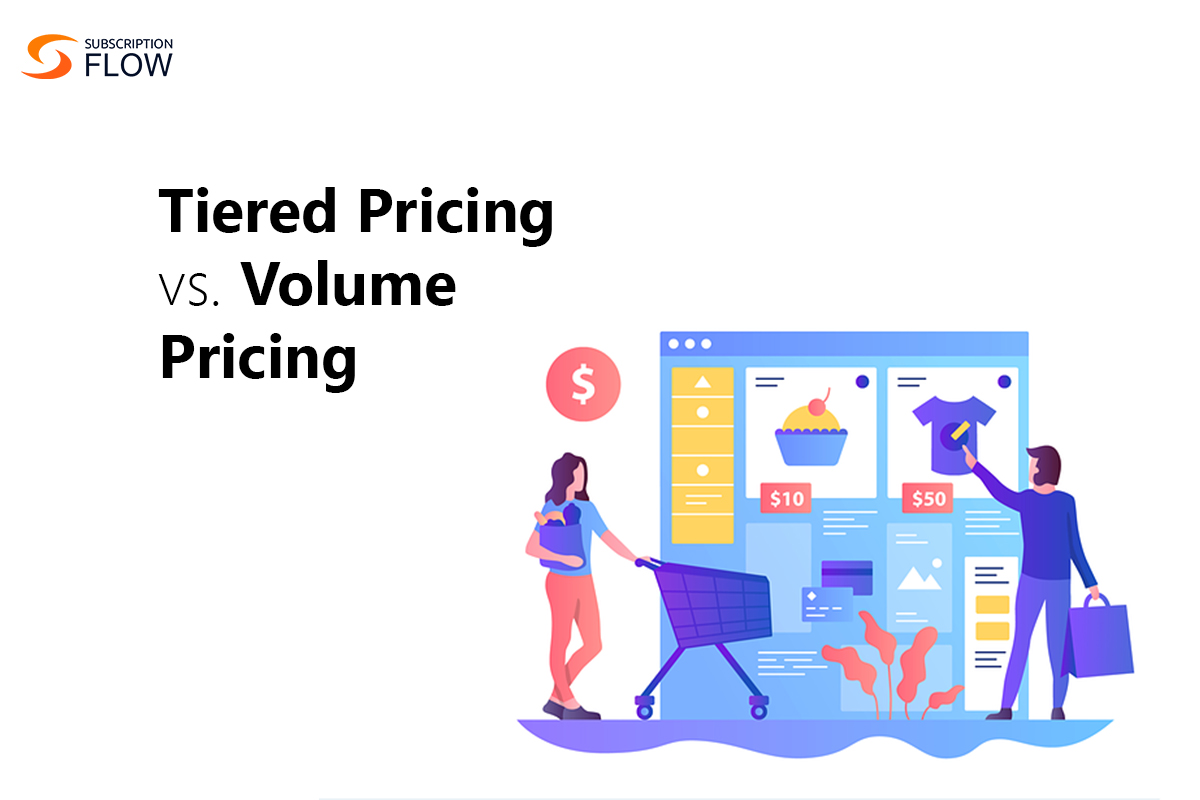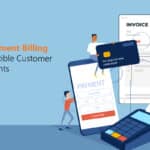
How SubscriptionFlow Helps Businesses Implement Tiered and Volume
Selecting a billing strategy that is unique to your business is arguably going to be one of the most defining decisions of the process of setting up your business. That is because there are numerous options available out of which only a few will actually be of use to you. In this blog, keeping this crucial context in mind, we will do a tiered pricing vs volume pricing comparison of mainly their functions and advantages and disadvantages.
Comparing tiered pricing vs volume pricing will provide you with a helpful framework on how to pick the most effective billing plan for your company. Afterwards, we will also tell you how SubscriptionFlow can help you implement both these billing strategies to best enhance the revenue generation capabilities of your business.
Read more: Unlocking Success: The Dynamics of the Tiered Subscription Model Explained
Understanding the Difference Between Tiered Pricing vs Volume Pricing
Tiered Pricing
Usually, services are categorized into tiers based on the features and services they provide under tiered pricing. Beginners should start with the entry-level tiers. If customers think the goods or services are worthwhile, they can progress to the next tier, which has more features and is more expensive.
This is why, tiered pricing can be defined as being a strategy in which businesses can offer many plans or packages with varying features and rates. SaaS companies, for instance, usually offer three different plans: Basic, Pro, and Enterprise, each with varying features, user counts, and storage capacities. The least expensive plan, the Basic plan, usually offers the fewest advantages. With the greatest benefits, the Enterprise plan is naturally the costliest. Businesses draw in more consumers with a range of needs and budgets by offering levels that entice customers to upgrade to receive greater value.
Pros of Volume Pricing
- Because of its great flexibility, users can scale it to meet growing needs as it is reasonably priced and suits a range of consumer demands and budgets.
- By lowering the barrier to entry, it allows customers to give the product a try and most users and service providers understand it uniformly.
Drawbacks of Tiered Pricing
- Not every consumer is aware of what they are purchasing or how the various tiers and services operate.
- When faced with too many options, people may become overwhelmed and make poor decisions.
- Companies must choose where to set price and feature limits and distinguish between tiers.
Volume Pricing
Volume pricing is a strategy in the core of which lies providing discounts for larger orders. According to this strategy, the discount value increases with the size of the purchase. Selling goods or services in big volumes is known as volume pricing.
By implementing volume pricing, you can provide clients who purchase more of your goods or services a discount. If you sell books, for instance, you may charge $10 for a single book, $18 for two, and $24 for three. You may boost sales by encouraging clients to make larger purchases in this way. In addition to lowering inventory expenses, volume pricing can draw in new business and foster a sense of loyalty among current clients.
Pros of Volume Pricing
- Easy to grasp, uncomplicated, and accessible to both service providers and clients.
- Promotes bulk orders, which enables producers to concentrate on selling big quantities of goods at a reduced cost per unit.
Drawbacks of Volume Pricing
If you are thinking about volume pricing, you should be aware of the following difficulties:
- You cannot simply rely just on volume pricing because that would make your business appear like a bargain brand and could set a new precedent for consumers.
- Companies that consistently issue discounts in an attempt to sell may convey the idea that their goods are of poor quality.
- In the long term, offering constant discounts reduces both your sales and profitability.
Read more: Beyond One-Size-Fits-All: Tiered Pricing Examples
How SubscriptionFlow Helps Businesses Implement Tiered and Volume Pricing to Enhance Their Revenue Generation?
With the help of SubscriptionFlow, businesses can design flexible and unique pricing strategies for the provision of their goods and services. Whether you want to charge your clients according to features, tiers, or consumption, SubscriptionFlow can assist you in creating and putting into practice the optimal pricing plan for your company. It does that by letting you quickly set up pay-per-use models, tiered pricing, and volume discounts to encourage your consumers to make larger purchases and boost your income. Additionally, SubscriptionFlow interfaces with widely used billing software and payment gateways, allowing you to handle bills and subscriptions with ease. Therefore, for companies looking to maximise revenue and optimize pricing, SubscriptionFlow is the ideal choice.
Book a demo with SubscriptionFlow now to either effectively implement tiered pricing or volume pricing, depending on your subscription needs!










